Posts
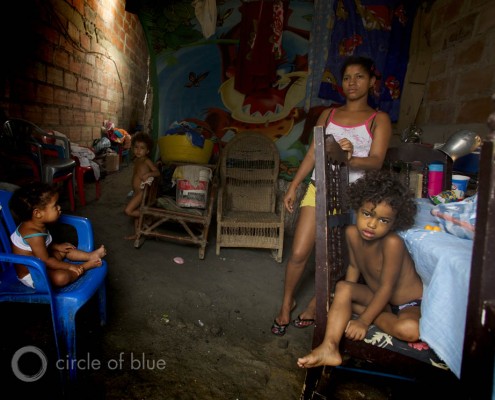
Photos: Water’s Heroes, Victims, & Villains at CSV Global Forum in Colombia
0 Comments
/
Circle of Blue director J. Carl Ganter recently sat on a panel about water, environment, and food security in Colombia. See his take on this drama's main characters in photos that he took in Cartegena's poorest neighborhoods and how they relate to the global picture.
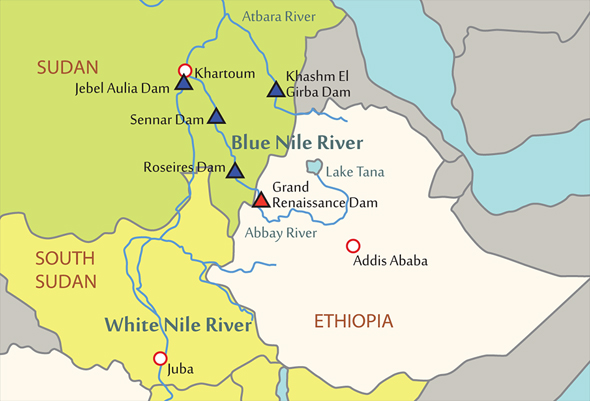
Infographic: Wealth of the Nile — Basin’s Countries, Dams, and GDP per capita
Controversy over the Grand Ethiopian Renaissance Dam, which will become the largest dam in Africa when it is completed in 2017, stems from a long history of disputes along the Nile River's 10 countries.

Q&A: Photographer Norbert Schiller on the Nile River Basin
In reporting on the Nile River Basin, Circle of Blue spoke with Norbert Schiller, a journalist and photographer with more than 25 years of experience covering the Middle East and Africa. He is currently a columnist for Mint Press News.
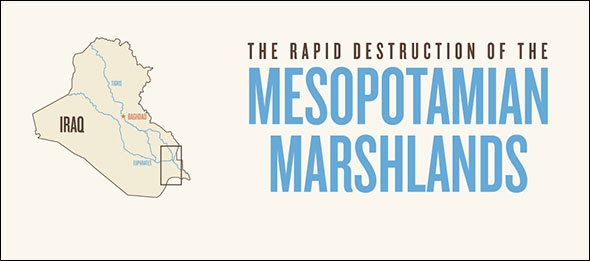
Map: Destruction and Restoration of Iraq’s Mesopotamian Marshlands (1973-2013)
Saddam Hussein's legacy includes draining Iraq’s Mesopotamian Marshland, an integral part of the Tigris-Euphrates River Basin and once the third-largest wetland in the world. Now, the Biblical Garden of Eden is the site of the war-weary nation’s first and only national park.
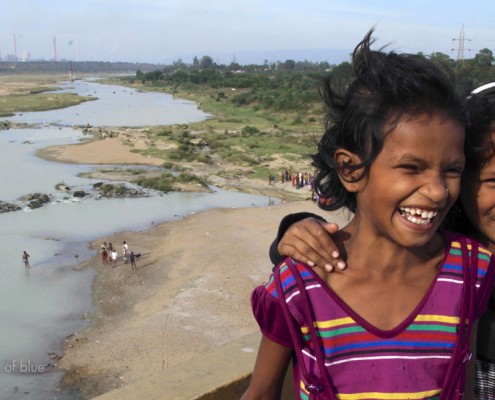
Chhattisgarh’s Coal Crux
Most abundant in Chhattisgarh and the neighboring eastern states of Jharkhand and Odisha, India’s coal belt cinches the nation round the middle, tapering off in its westward stretch to both the south and north.
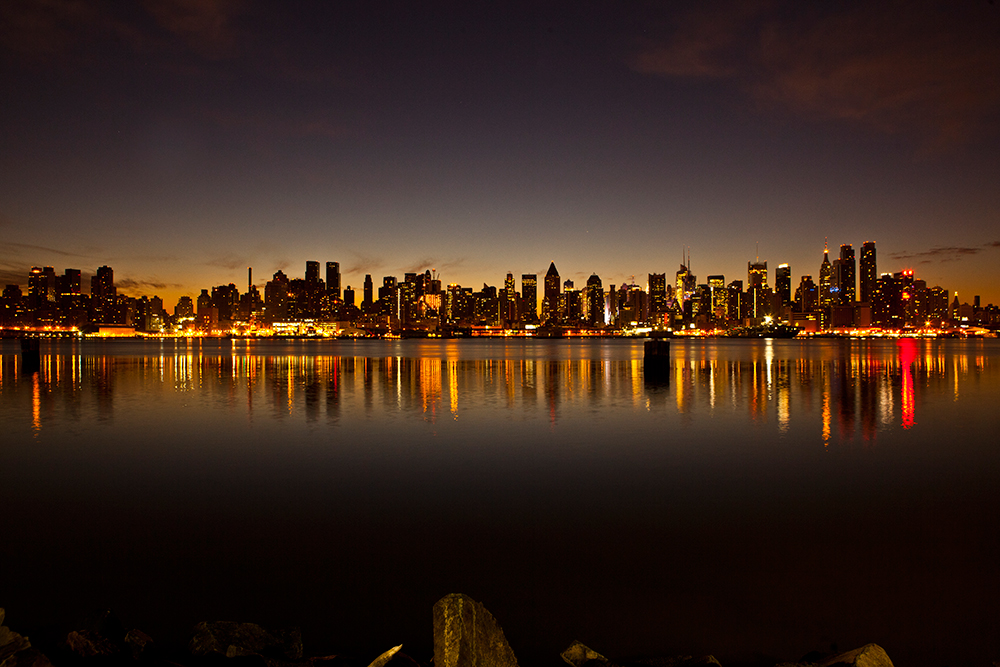
No Water, No Cities: A Review of “The Human Scale” at the Traverse City Film Festival
Danish documentary explores the beating human heart of cities but fails to examine water in the urban landscape.
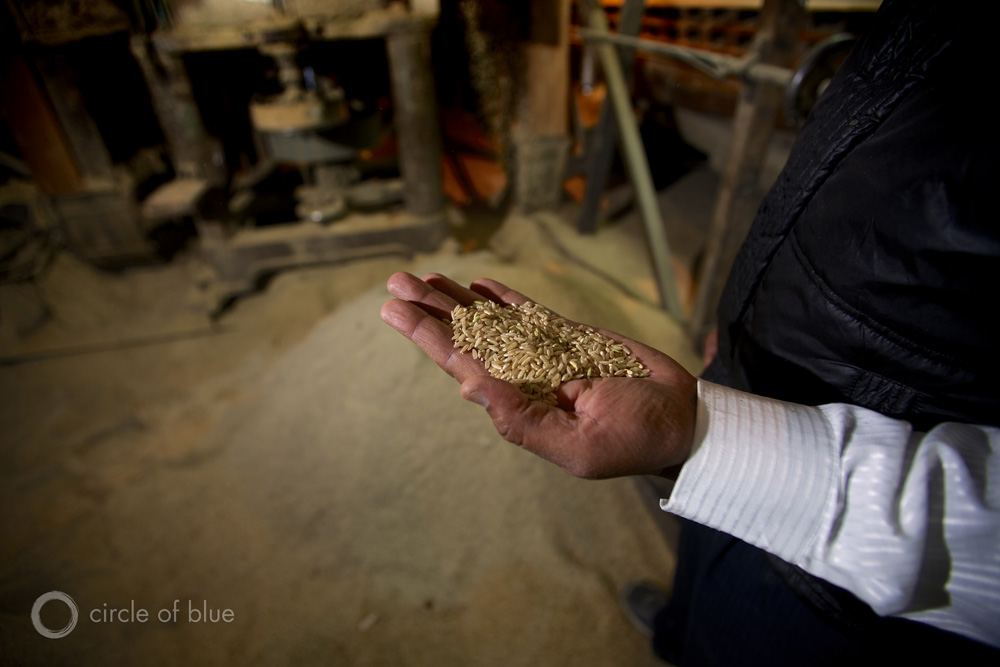
Haryana’s Food Processors
In an attempt to remove risk from the grain-producing economy, India guarantees that it will purchase at generous prices and mill at no cost to producers every kernel of wheat and almost every grain of rice that its farmers grow.
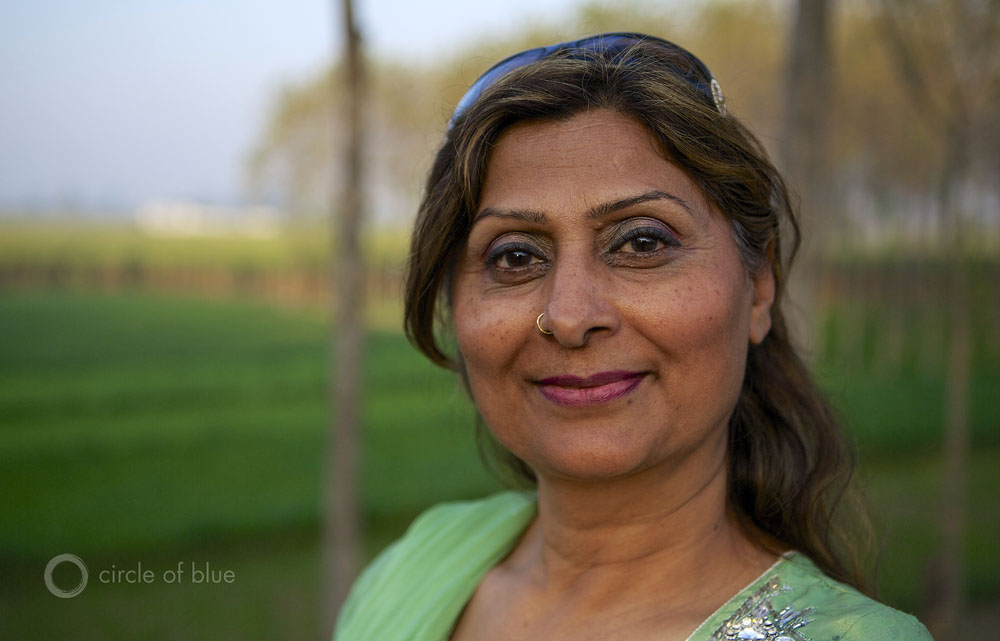
Punjab’s Food Producers
Before the Green Revolution of the mid-1960s, growers in northern India produced an elegant feast of native fruits, grains, and vegetables. By the 1980s, Punjab and Haryana states had together become the largest rice and wheat producers in India.
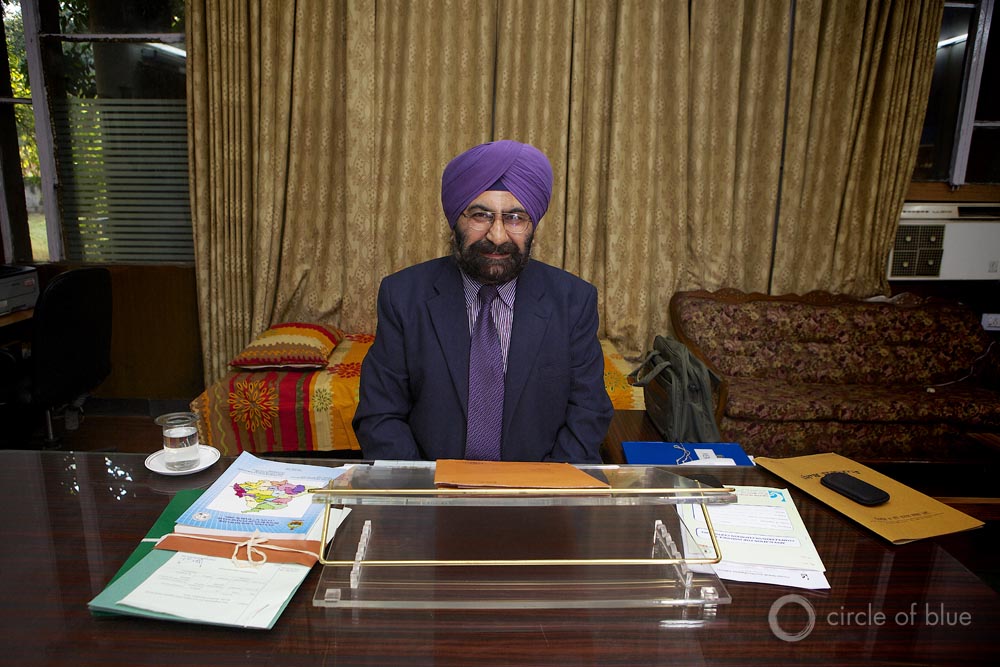
Chandigarh, Shared Capital of Punjab and Haryana
Home to 1 million, Chandigarh is considered the 'cleanest city' in India. It also has the highest per capita income, thanks in large part to the agricultural boom since the Green Revolution of the 1960s in both Punjab and Haryana states of northern India.
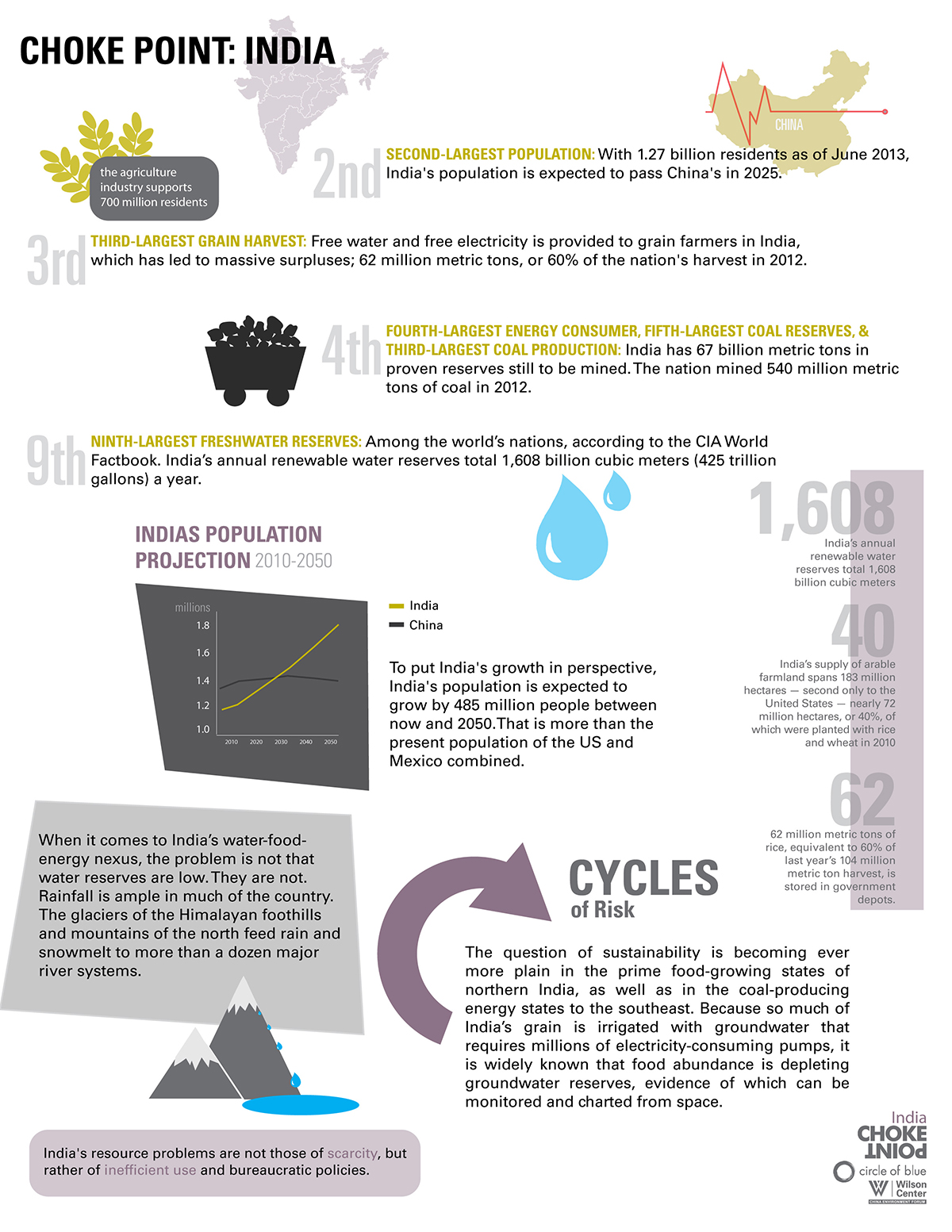
Infographic: Water, Food, and Energy Choke Points in India
India's resource problems are not those of scarcity, but rather of inefficient use and bureaucratic policies.

Video: India — A Nation Heading Towards a Water-Food-Energy Choke Point
After spending a month in India, Circle of Blue's India team members debrief their findings.

Report: UN Proposes a Common Definition for Water Security on World Water Day 2013
Water security should have a common language, and it should be a priority for global sustainable development goals, according to a new report by UN-Water.


